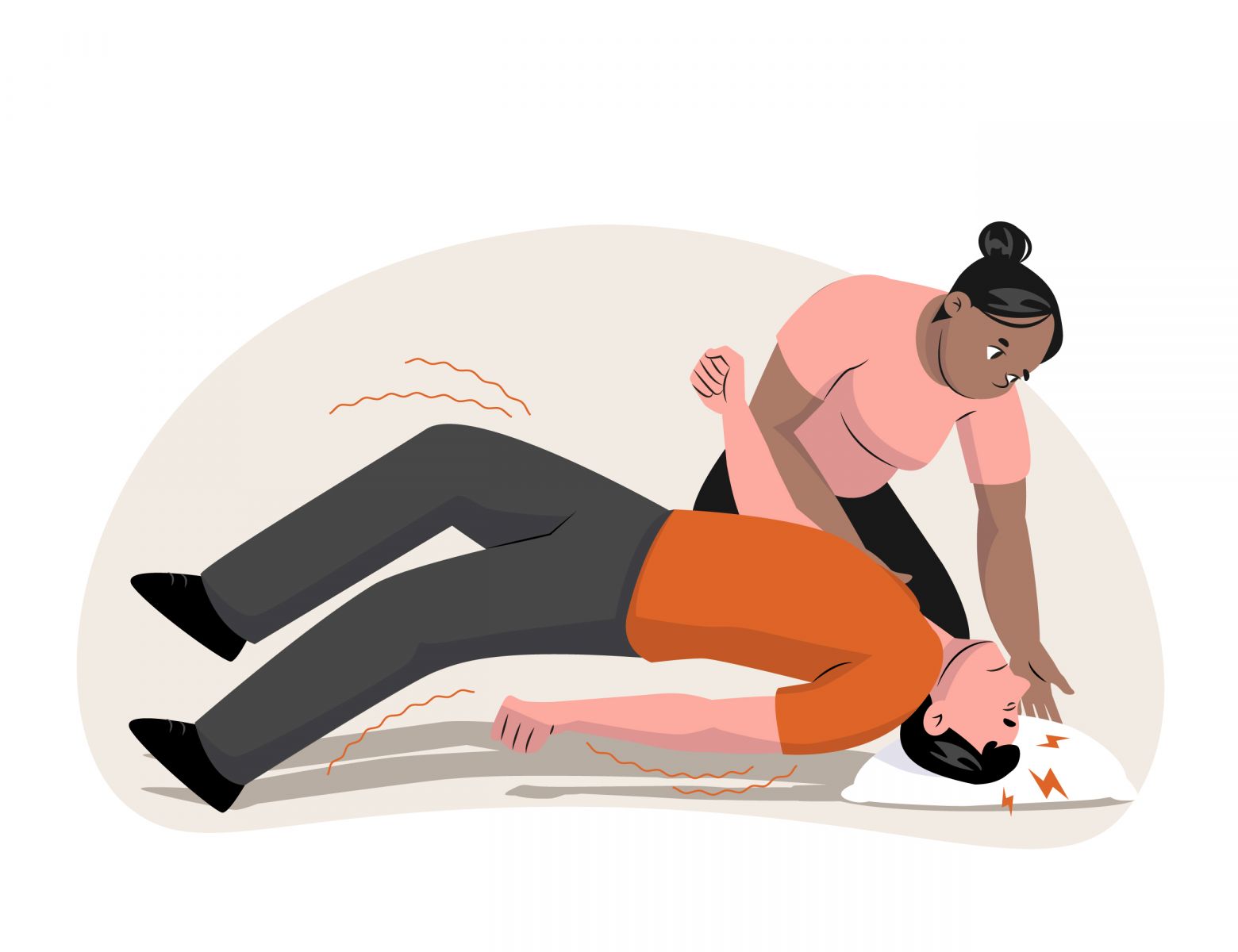Actually, seizures don't only happen in epilepsy, but if you've experienced it at least once, get yourself checked immediately. The diagnosis of epilepsy can be established through a physical examination, a review of medical history, and blood tests to rule out other medical conditions that can also cause seizures.
Furthermore, healthcare professionals will inquire about any symptoms experienced during the seizure, including muscle jerks, muscle stiffness, urination or defecation, changes in breathing, blank stares, pale skin, loss of consciousness, difficulty speaking, or difficulty understanding what others are saying.
The most common test to diagnose epilepsy is an electroencephalogram (EEG). Its purpose is to examine and measure electrical activity in the brain. If abnormal patterns are found, that may be the cause of the seizures. Additional tests that can be performed include an MRI or CT scan.
.jpg)
Treatment
There is no specific treatment for epilepsy. However, symptoms or recurrent seizures can be controlled with several strategies, including anti-seizure medication (reducing the frequency of seizures and complications), special diets, and surgery (for epilepsy patients resistant to medication). A brief explanation is as follows:
1. Anti-Seizure Medication
The choice is individual, depending on the type of seizure, response to medication, other accompanying medical conditions, potential interactions with other medications taken, side effects, age, health, and cost, even pregnancy.
2. Diet Therap
Special diets such as the ketogenic diet and modified Atkins diet (high fat, moderate protein, low carbohydrate). Special diet therapy is generally given to pediatric epilepsy patients when treatment is ineffective, and surgery is not feasible.
3. Surgery
If anti-seizure medication is ineffective in controlling symptoms, severe seizures occur, and weaken, then surgery is a safe strategy to perform provided it meets the criteria. Actions vary, such as removing abnormal tissue, cutting fiber bundles connecting brain areas, destroying abnormal brain tissue, or implanting a device to control nerves.
First Aid for Seizures
According to the Centers for Disease Control and Prevention, the first aid that can be done when faced with a seizure is as follows:
1. First Aid for All Types of Seizures
There are many types of seizures that usually last for a few minutes. If you see such a condition, the first aid that can help the person is as follows:
- Stay with the person until the seizure ends and they are fully conscious. If they wake up, help them sit in a safe place. When fully awake and able to communicate, tell them what just happened (with the simplest narrative possible).
- Comfort and talk to them calmly.
- Check if the person is wearing a medical bracelet or other important information.
- Offer to call a taxi or their acquaintance to make sure they get home safely.
 2. First Aid for Generalized Tonic-Clonic Seizures
2. First Aid for Generalized Tonic-Clonic Seizures
If asked what someone having a seizure looks like? Many people think of tonic-clonic seizures, where the person may cry, fall, jerk, tremble, or be unaware of what's happening around them. How we can help them is by:
- Lower the person to the floor or a flat surface.
- Direct their body to one side to help them breathe properly.
- Check the area around the person and make sure there are no sharp or blunt objects.
- Place something soft and flat, like a folded jacket, under their head.
- Remove their glasses if they wear them and loosen any bindings or anything on their body.
- If the seizure lasts more than 5 minutes, call emergency services.
Prohibitions to Remember
When seeing someone having a seizure, there is certainly a desire to help. However, there are some prohibitions to be observed to ensure someone's safety during or after a seizure.
- Do not hold or try to stop their movements.
- Do not put anything in their mouth as it can hurt their teeth or jaw.
- Do not attempt mouth-to-mouth resuscitation as they will generally start breathing on their own.
- Do not offer the person water or food until they are fully conscious.
Someone experiencing a seizure should not be held or stopped in their movements. Make sure their airway remains open by tilting them to one side, place something soft and flat to support their head, and loosen any bindings on their body. Make sure to accompany the person until the seizure is over and they are fully conscious.
Download the Newfemme app now to get more interesting tips and info!


Nia Lurastika
24 Feb, 2024 19:36Berguna banget ni artikel